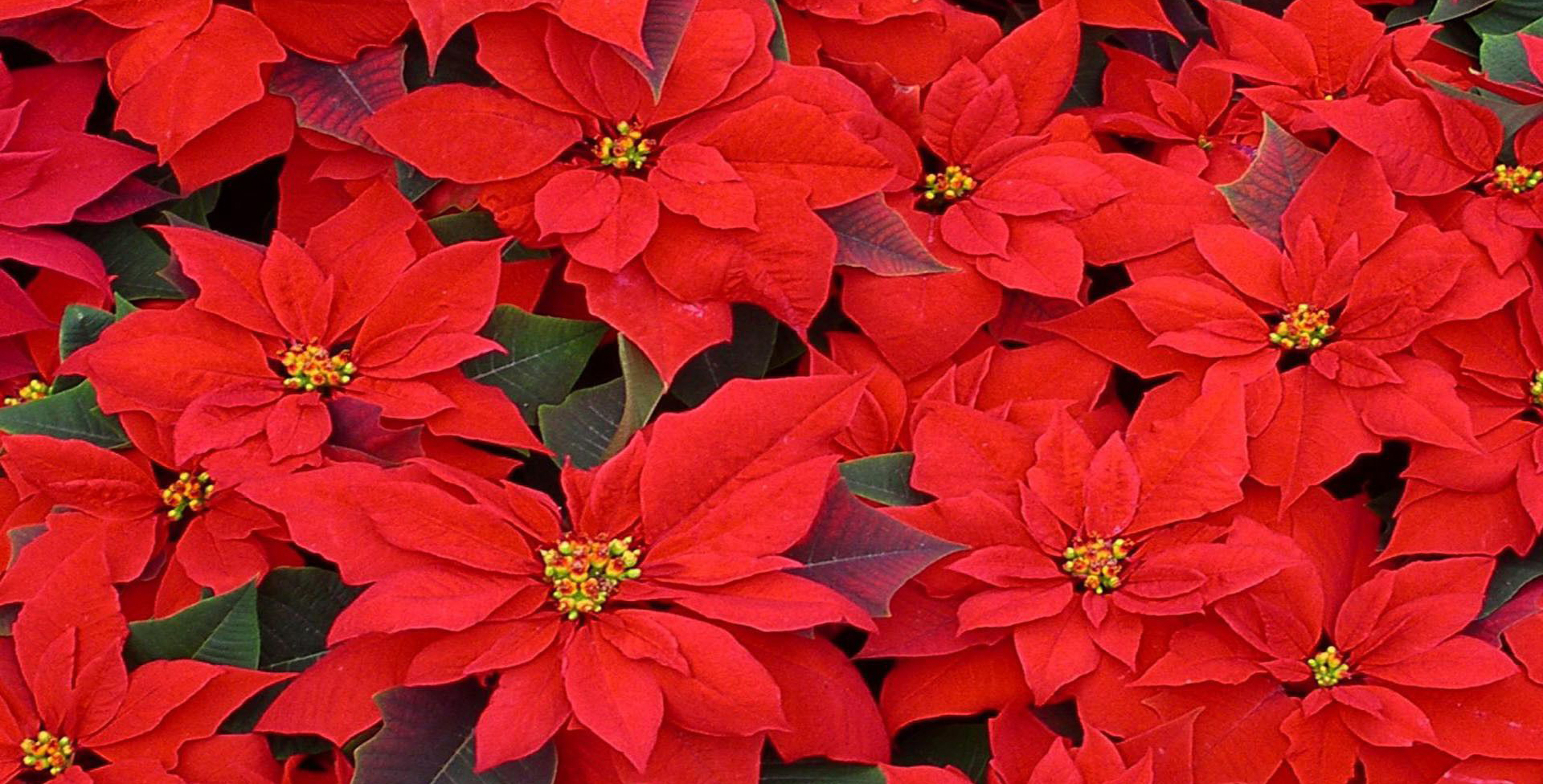World over known as the flower of Christmas or the flower of the holy night, Poinsettia is native of central America, especially an area of southern Mexico, where it grows on forest edges.
The ancient Aztecs called them’ cuctloxochitl’ and used the flowers to make dye for their clothes and cosmetics. The milky white sap was made into medicines to treat fever.
It gets its name from Joel Roberts Poinsettia, the first ambassador from USA to Mexico in 1825. Its Latin name is’ Euphorbia Pulcherrima’ implying’ the most beautiful euphorbia
It has scarlet white, Solomon, yellow and pink foliage. This foliage develops on modified leaves called’ bracts’. The striking colors are obtained by subjecting the poinsettia to a strict regime of restricted daylight hours during October – November.
It needs rich, well drained soil and the soil should be kept uniformly moist, watering it 2-3 times a week. Constantly moist soil causes root rot while under watering will make the leaves wilt before time.
Thus water when soil is completely dry or close to it. Poinsettias are usually forgiving - on watering the leaves bounce back quickly.
Poinsettias die if its gets too cold. Give it as much sun as you can. It perishes below 10 degree Celsius night temperature and above 21 degree Celsius day temperature.
Poinsettias are strongly photoperiodic. To get flowering the light conditions should be right. It is a light sensitive plant like chysantherumums. The plant must have 6 weeks of less than 12 hours of light before it will think of blooming. Even a street light or night bulb can trick it into thinking it is still day. So mid September onwards when long nights start it should get at least 12-14 hours of pitch darkness to bloom in winter.
In the growing period fertilize it every 2 weeks with liquid fertilizer and keep it clean .pinch dead leaves and branches. It gets infected by white flies, use mild soap and neem water solution for this. Spray on both sides of leaves. usually white flies like hanging around under the leaves and they can easily suck the life out of the plant and stay out of view.
When colored bracts begin to look tired and spent in late winter and early spring, start to let the compost dry out. Reduce amount of water and allow the plant to go dormant.
- In early spring cut Poinsettia back by half to 2/3. Let only the strongest stems stay because the plant becomes very leggy. Aim to cut back just above a leaf node. After cutting water the soil.
- Spring is also the best time to transplant.
- New shoots will develop in subsequent weeks. Poinsettia should be placed in a good airy place but not too hot.
- Continue watering regularly, letting compost dry out between watering. Also feed every 2 weeks with balanced liquid feed through the year and mist leaves regularly.
Poinsettia is propagated by making cutting. This plant exudes milky juice. So sprinkle wood ash, or in its absence ordinary soil immediately after taking the cutting. Put the cutting in sand and keep it moist.
The milky juice or the latex that Poinsettia has can create at times an allergic reaction but it is not toxic. If eaten can cause diarrhea or vomiting and it the sap goes in the eyes, it can cause temporary blindness. Thus one needs to be a little careful while taking cutting or pruning it.
561 words
Harpreet Ahluwalia. D 138 sector 26. Noida 201303. Cell 98102 33360


